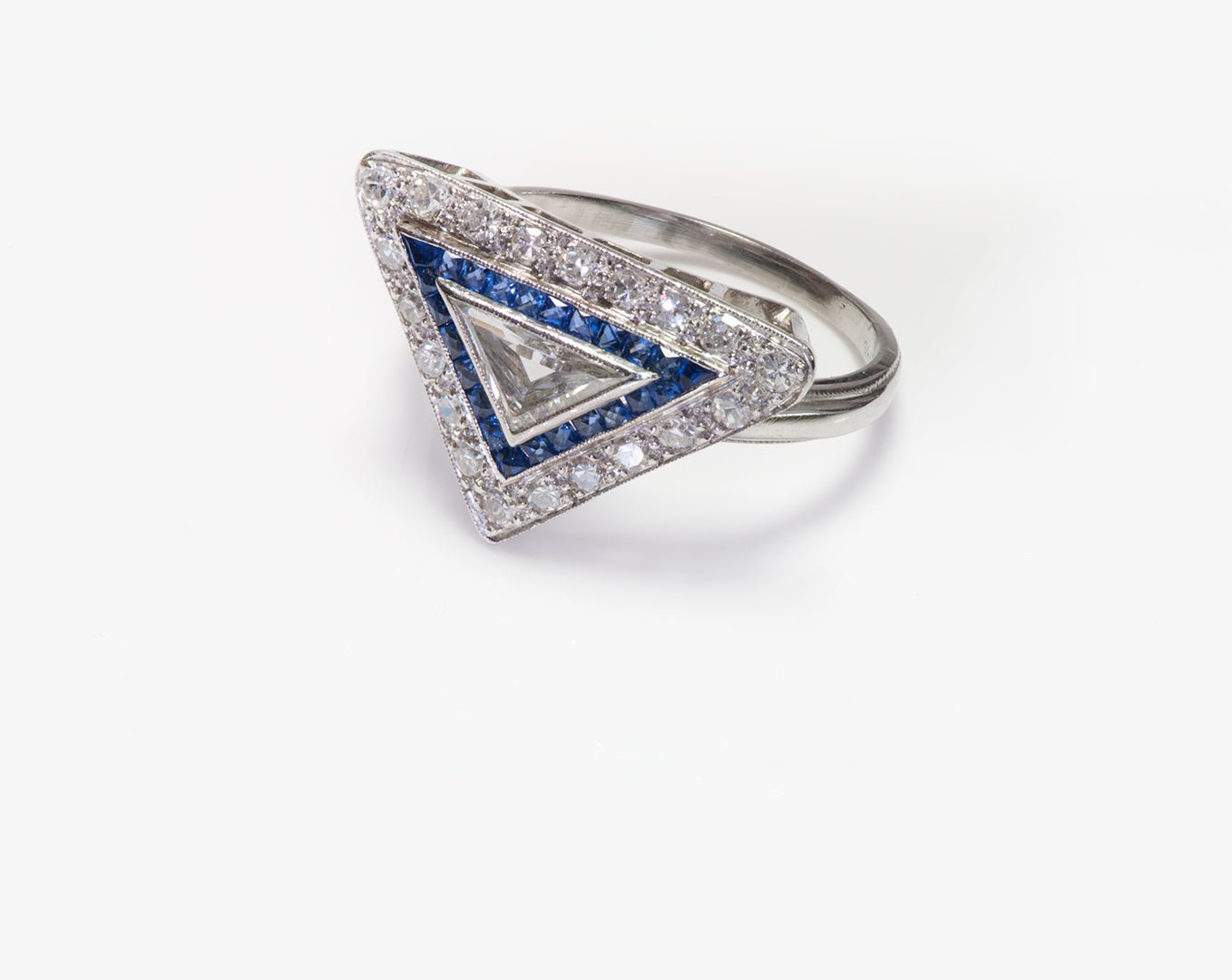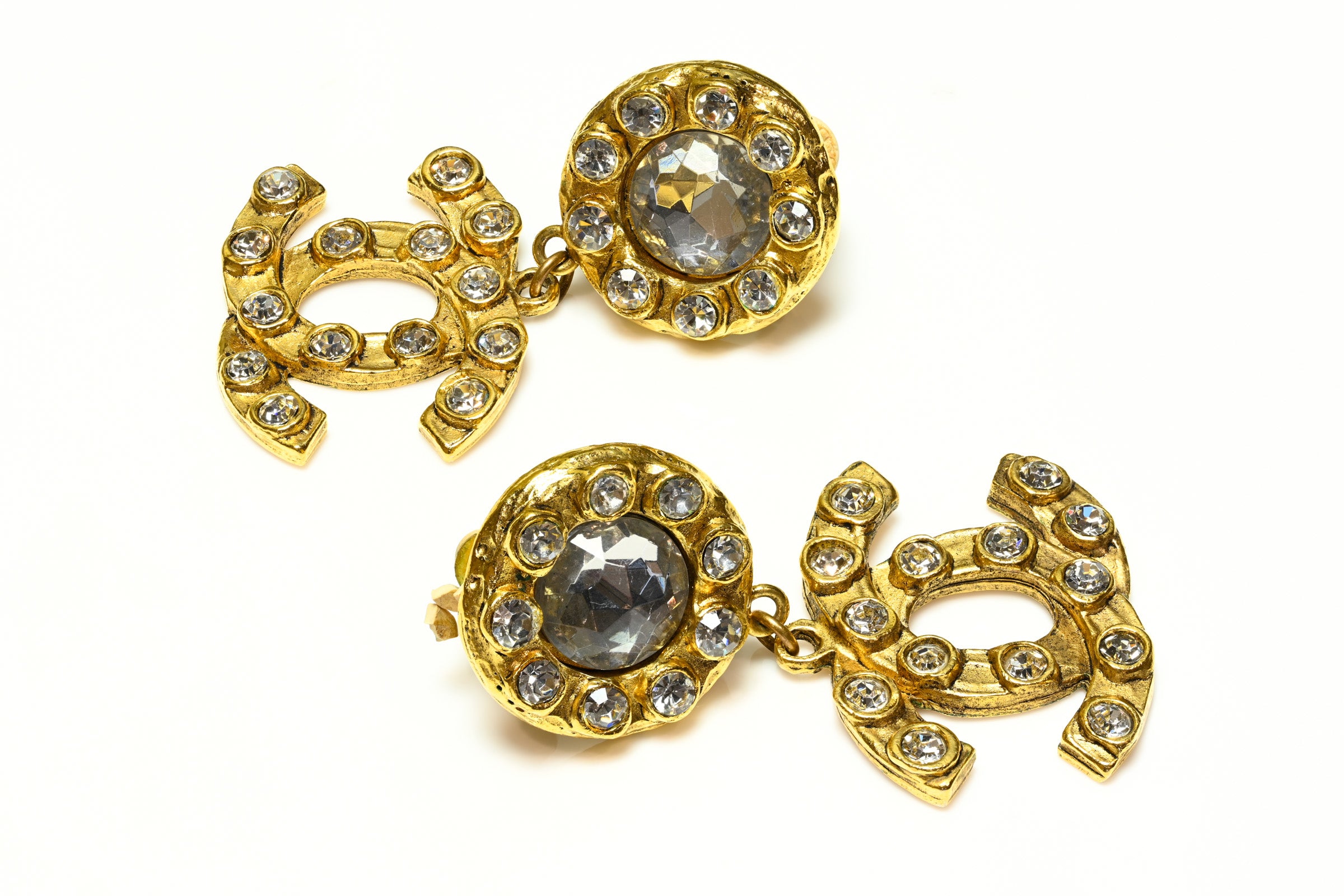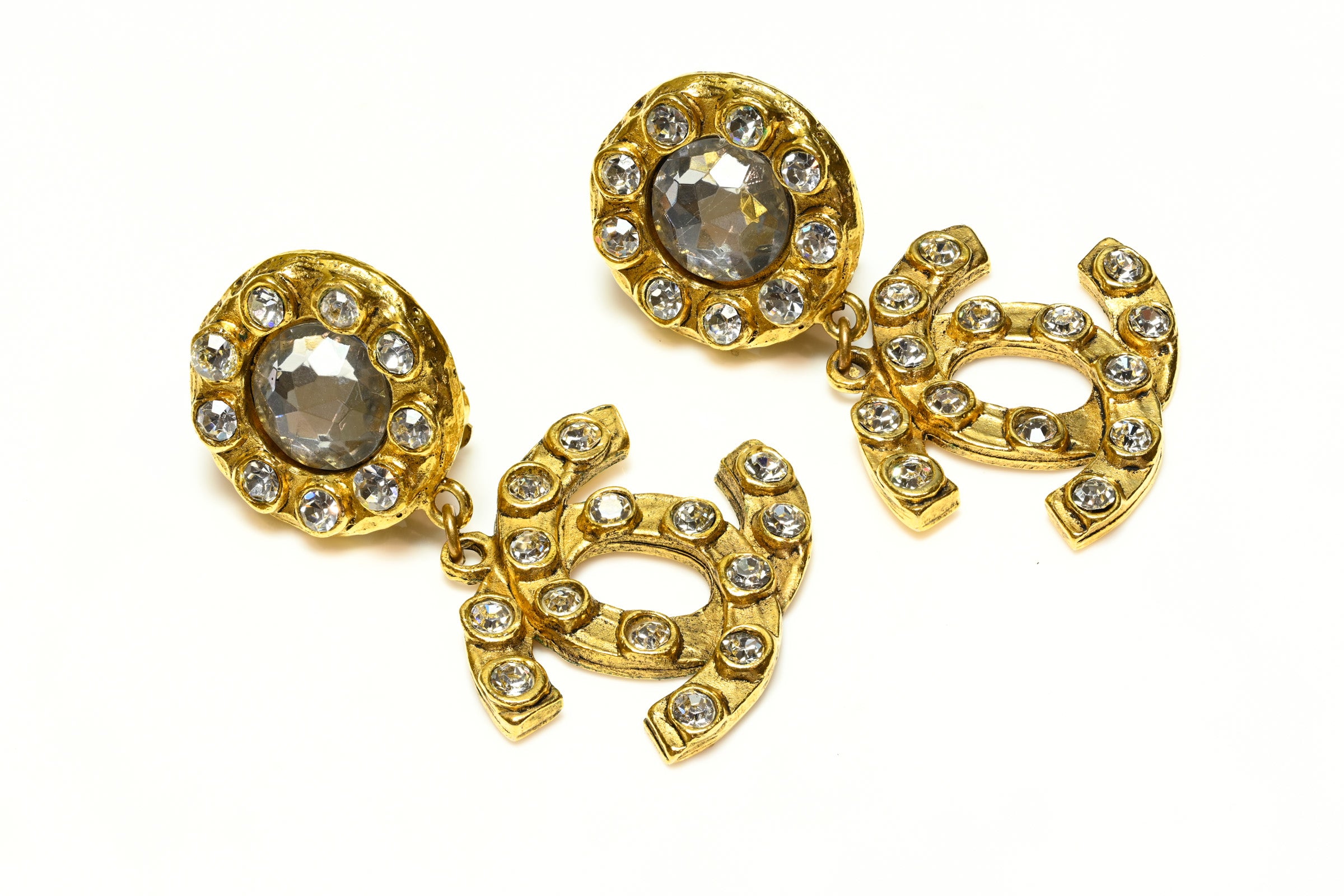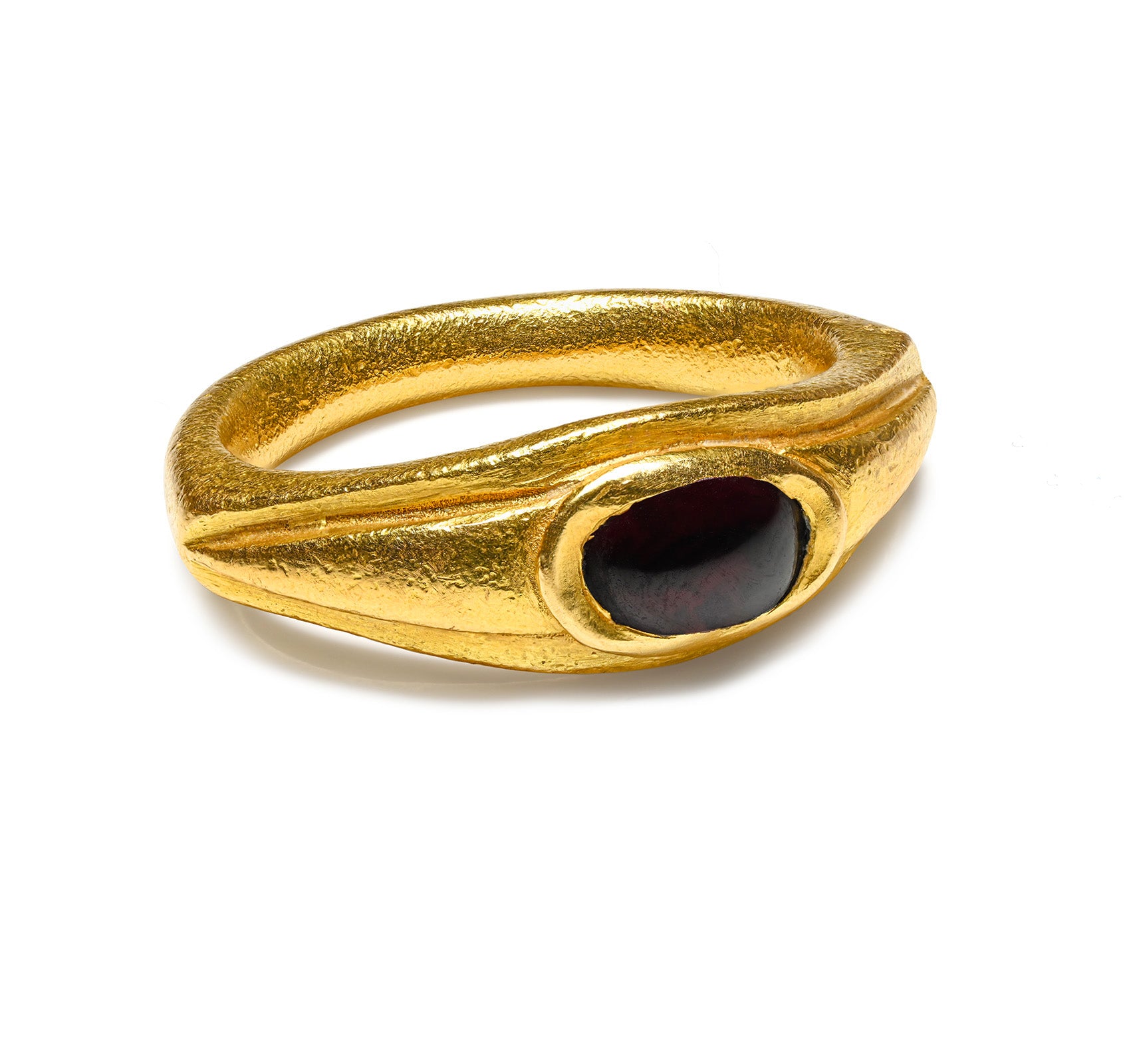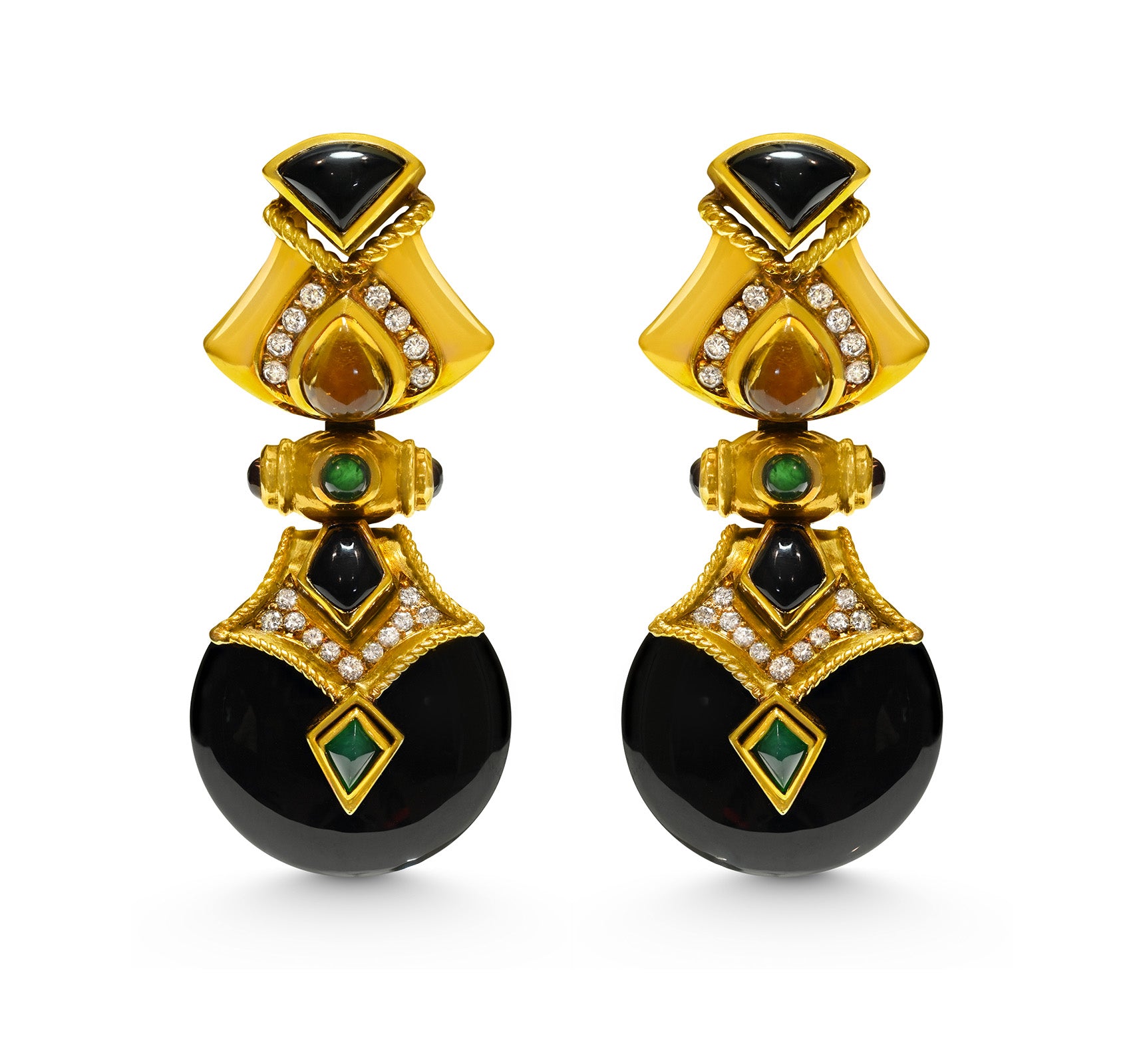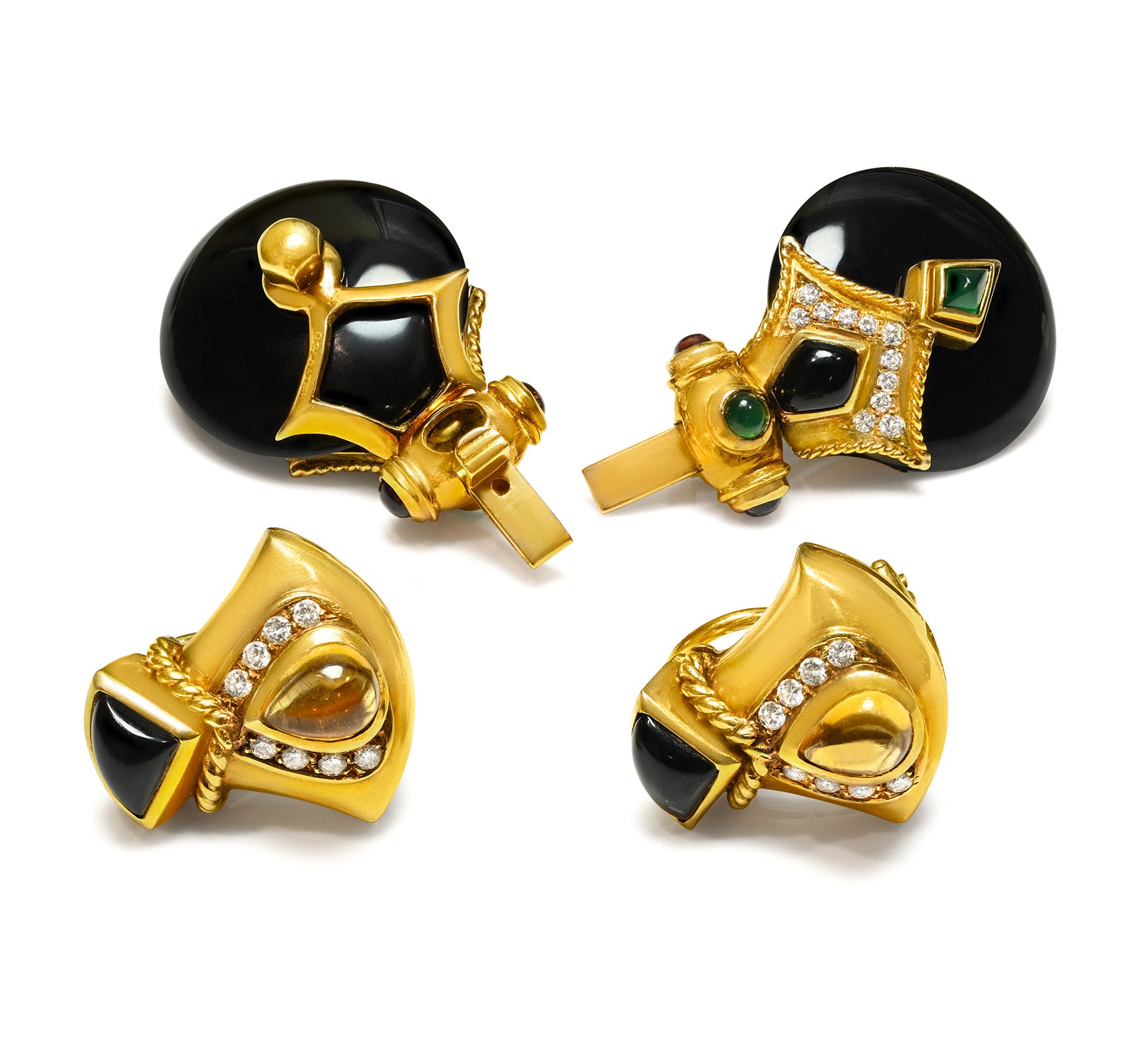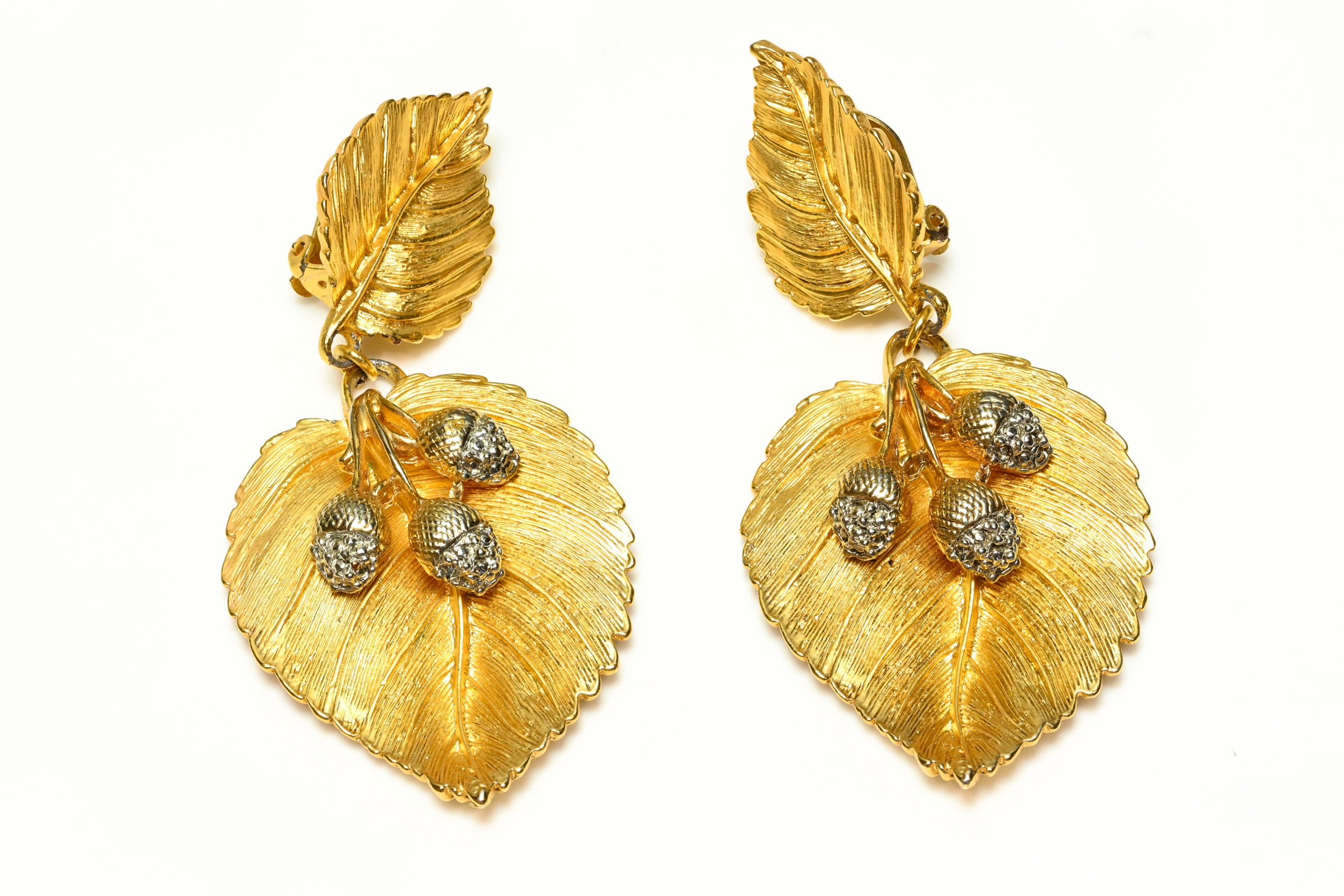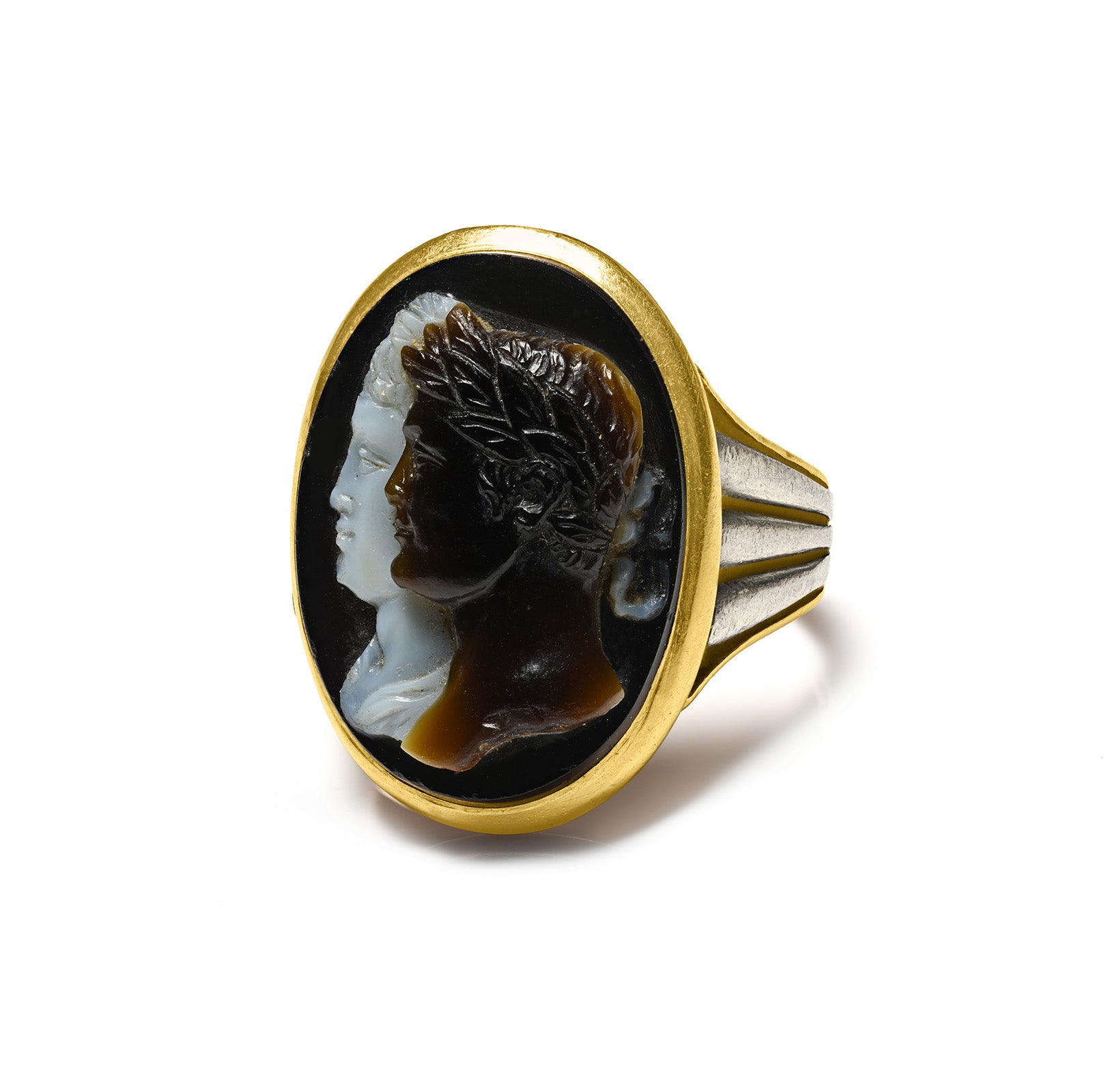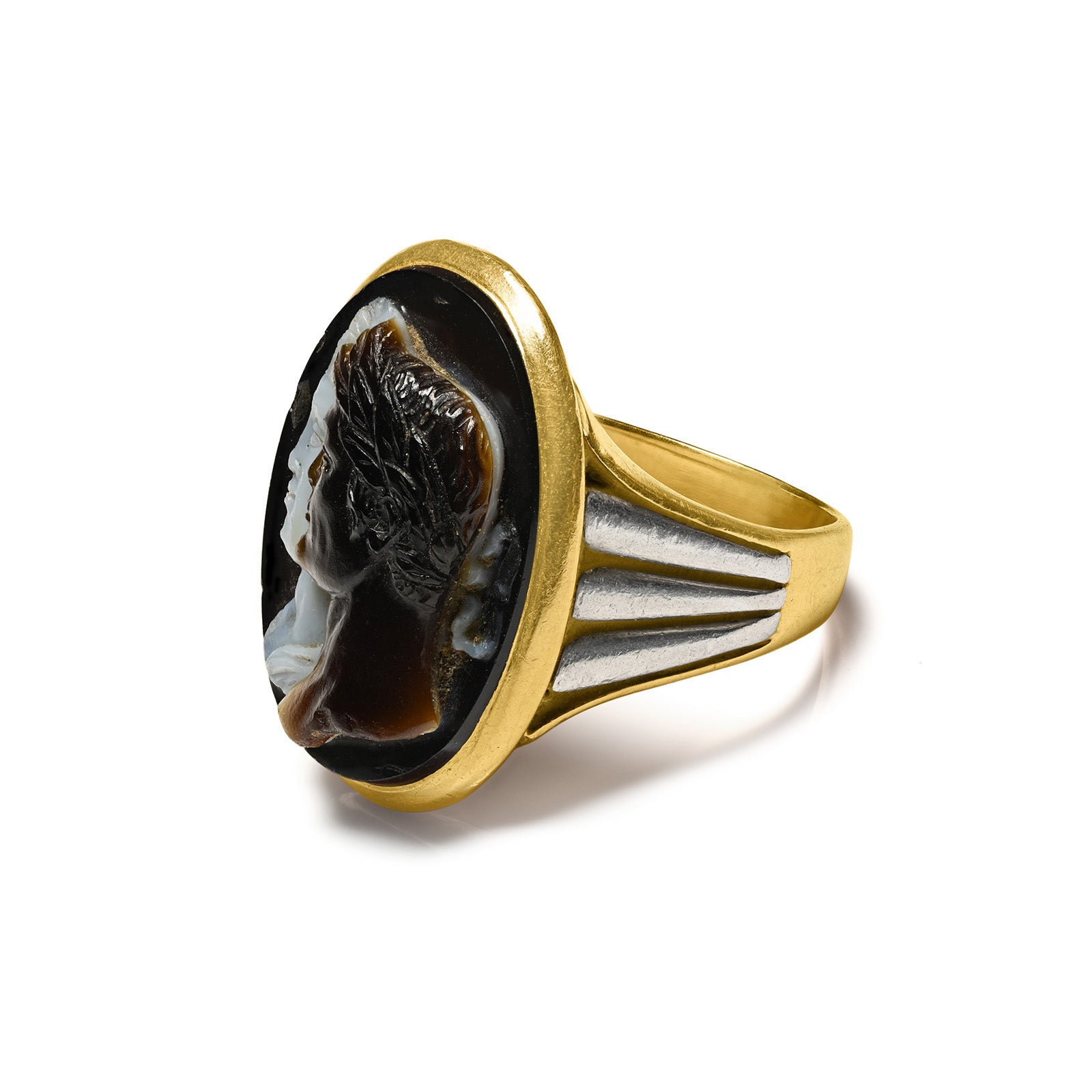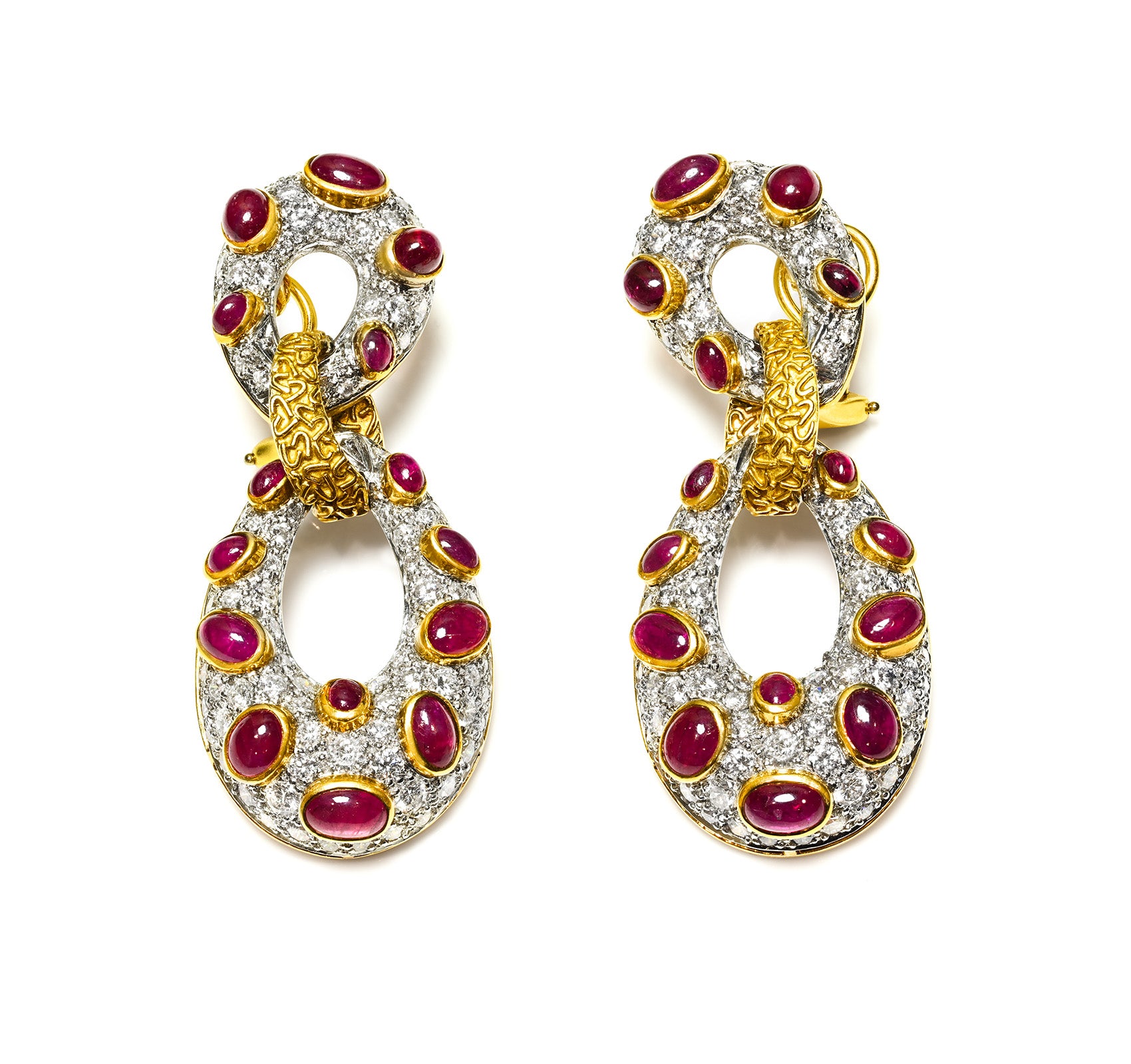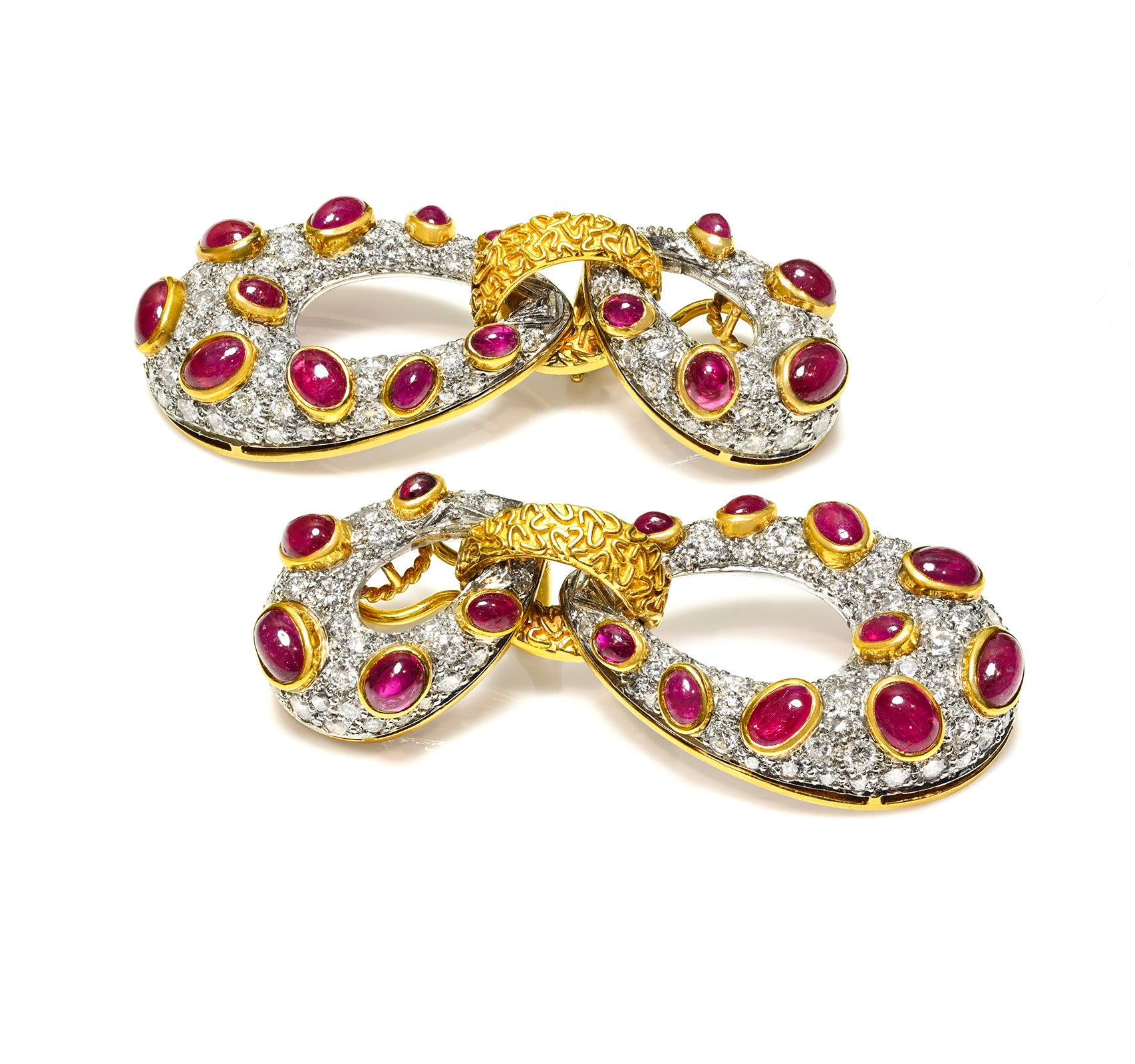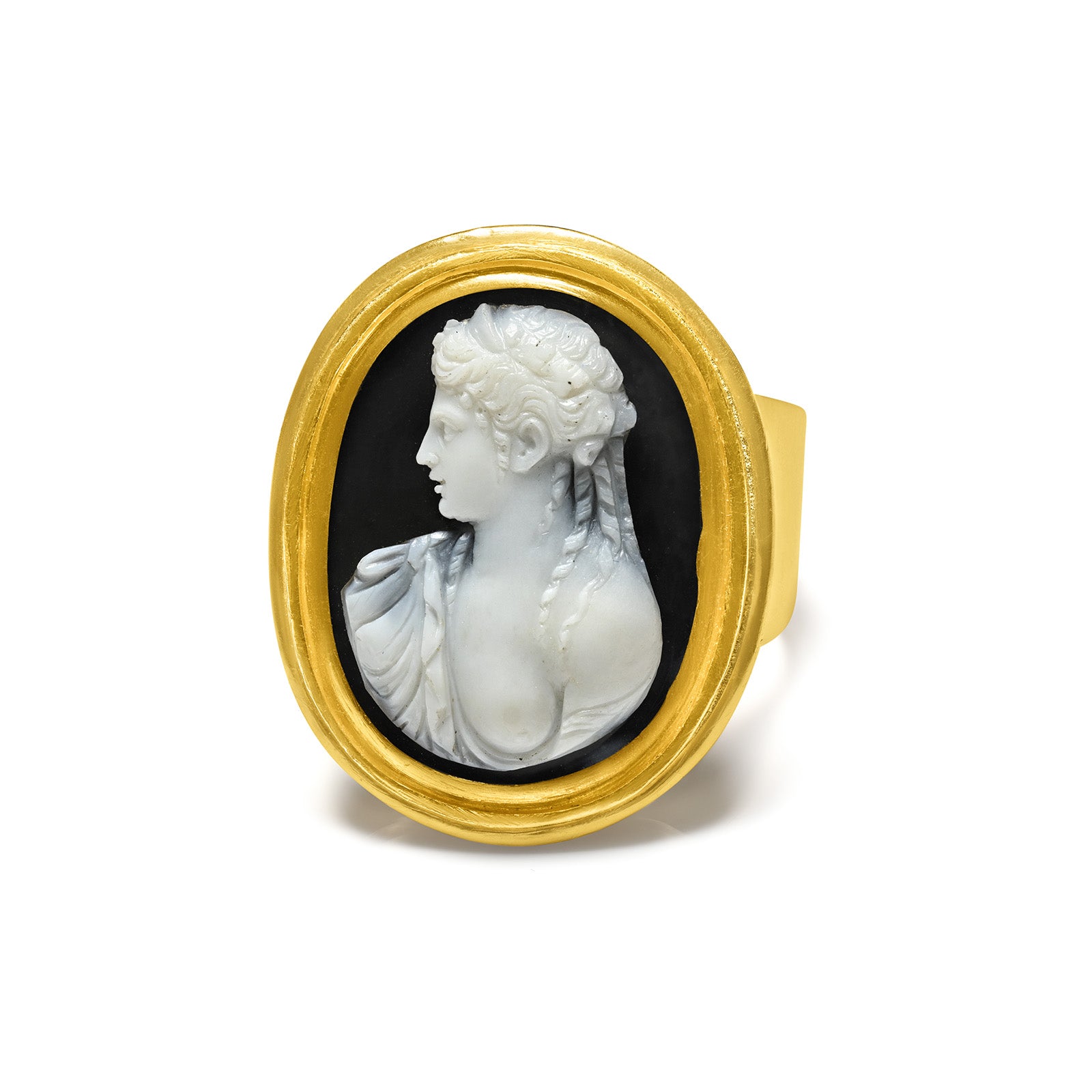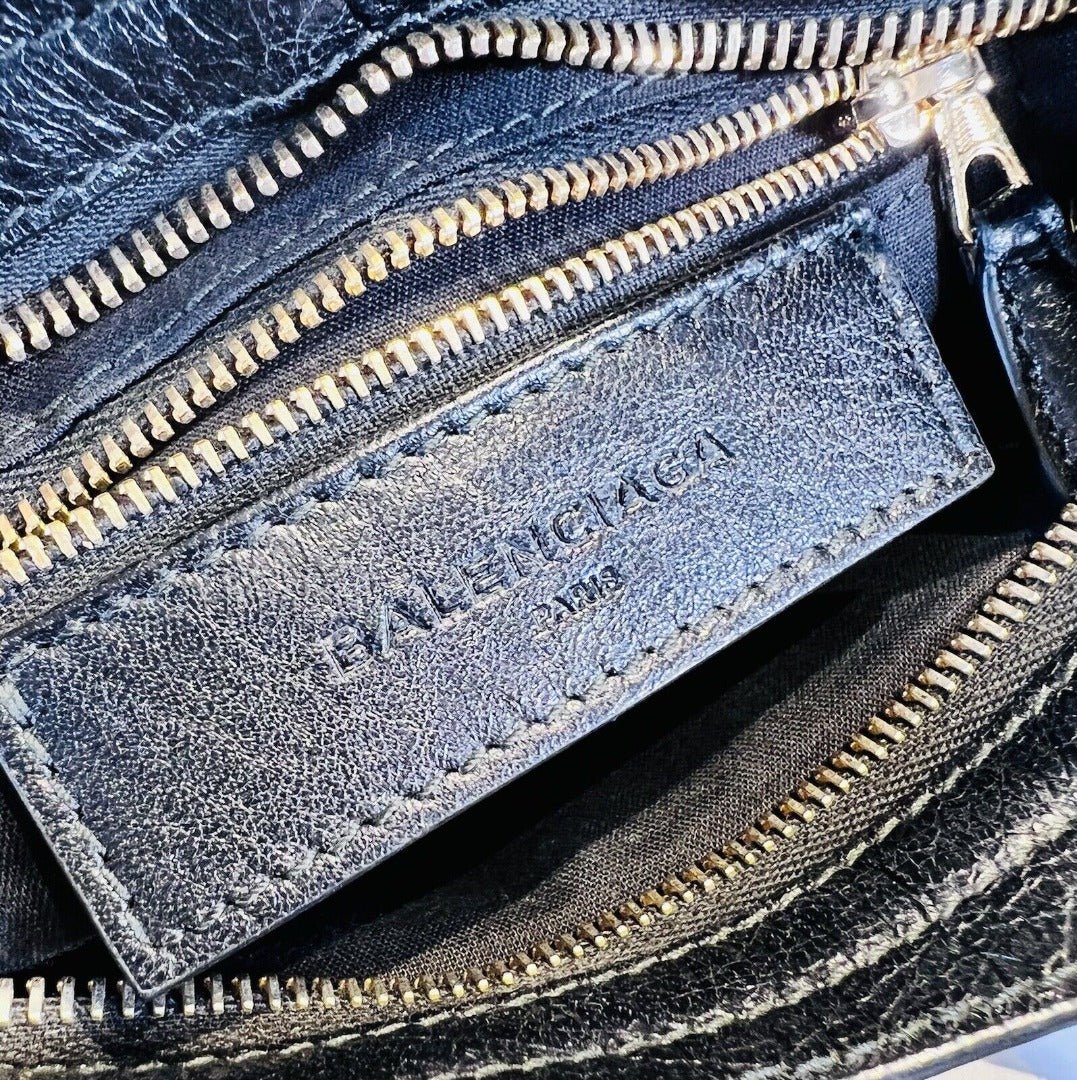
The Art of a True Genius – Fashion Icon Cristobal Balenciaga
The famous designer Cristobal Balenciaga is considered to be the very creator of Haute Couture art, he is a timeless symbol in the fashion world.
Cristobal Balenciaga has managed to combine artistic vision with technical mastery and functionality. His work technique is characterized by the geometric beauty of the seams, the exhaustive knowledge of the fabrics, the refinement, and the wonderful chromatic harmony.
"A good designer must be an architect for form, a painter for color, a musician for harmony, and a philosopher for measure", said Cristobal Balenciaga, who lived up to his words.
According to The Epoch Times, Cristobal Balenciaga transcends the world of fashion and Haute Couture, he is a genius that has explored the depths of artistic creation. His court technique, the chromatic range of the drawings as well as the mastery of his executions denote his vast knowledge of the history of art and its grand creators.
The painters Zurbarán, Velasquez, Goya, Sorolla, Zuloaga, or Juan Gris left certain artistic and aesthetic influences in Balenciaga's work.
Cristobal Balenciaga also was the mentor of many designers such as Oscar de la Renta, Hubert de Givenchy, Emanuel Ungaro and André Courréges.
Who was Cristobal Balenciaga?
The son of a fisherman and a seamstress, Cristobal Balenciaga was born in 1895 in Getaria, a small town in the Basque Country, Spain.
As a child, he dreamed of becoming a designer and spent many hours drawing. At only 13 years old, he copied an outfit of the marquise of Casa Torres - the mother of the future queen Fabiola of Belgium - which determined her to send him to a tailoring school.
In 1917 he opened his first workshop in San Sebastian - the favorite place of the aristocracy of the time - where he made a name for himself. In the 1930s Cristobal Balenciaga already had enormous prestige in Spain.
Other workshops followed in Madrid and Barcelona, but in 1936 the civil war began and he was forced to move to Paris, where he opened an Haute Couture house on 10th George V Boulevard.
Cristobal Balenciaga becomes a master in Haute Couture, exhibiting something new in each collection.
Since 1939, he has a line with drooping shoulders and round hips, a style that anticipates Christian Dior's new look.
A little later he reinvented the feminine figure with his avant-garde models: the bag dress, the three-quarter sleeve, the balloon skirt, the high waist, the tunic-shaped falls, and the bat sleeve.
Innovative in fabrics, in 1960, Balenciaga introduced heavy fabrics, intricate embroidery, and brightly colored materials. The brand stands out with collars slightly spaced from the neckline and three-quarter sleeves.
The Quest to Reach Perfection
The fashion designer always searched for the perfect and elegant female model. Since clothing was for him the house of the body, he considered that each body was different from the others, seeking perfection in all of his creations.
His models were never beautiful, they were mature women with body structures, meant to show the clientele that anyone can look good in their clothes.
Cristobal Balenciaga opposed the ideal of beauty promoted by Vogue magazine or Harper's Bazaar, considering it unrealistic. In magazines, his outfits appeared headless and were photographed from behind.
In his workshops, there was respect and love for creation. In this way, he gained the attention and admiration of international criticism and the loyalty of a clientele in high European and North American society, such as actresses or representatives of the royal houses - queens, princesses, etc.
Cristobal Balenciaga revealed a new female figure, starting from his own system of aesthetic proportions.
"The woman must walk in a natural way and not feel insecure," said Cristobal Balenciaga.
"He is the only one who can draw, cut, assemble and sew a coat with his own hands," said the famous designer Coco Chanel.
Christian Dior noted that "Haute Couture is an orchestra that only Balenciaga can conduct, the rest of us follow his instructions."
"Balenciaga has not only created a style, but also a technique. He is the architect of Haute Couture", said Hubert de Givenchy.
We must not forget that this designer was the genius of proportions, the woman's body being for him a living sculpture that fashion could complete. Critics say: "Christian Dior was the seamstress of millionaire women, and Balenciaga, that of multimillionaire women".
Cristobal Balenciaga leaves the stage, his legacy moves on
After years of activity, he retired in 1968, his last public appearance being at the funeral of Coco Chanel in 1971. A year later, on March 23, 1972, he died in Jávea, as discreetly as he lived his life, ending the wedding dress for Carmen Martínez Bordiú - Franco's niece - who married the Duke of Cadiz. He also managed to make the uniforms for the stewardesses from Air France.
An example of professionalism and discretion, Cristobal Balenciaga gave a single interview, staying away from the spotlight and frivolities of fashion.
The House of Balenciaga was closed until 1986 when it was acquired by the Jacques Bogart group, and Nicolas Ghesquière was for a long time creative director, putting the house back on the fashion map.
In 2000, the City Hall of Getaria created the Balenciaga Foundation, in order to know the trajectory that Balenciaga had in the history of world fashion. Its name denotes a prestige that lasts over time and a legacy that few designers have acquired.
Cristobal Balenciaga was one of the very best seamstresses the fashion world has ever known.
Hubert de Givenchy, president of the Foundation, said: "Balenciaga was an Haute Couture art creator. Elegant in his life and work, his passion for life has turned into art. Each of his creations has always had something of sculpture, music, and painting expressed in impeccable clothes and serene harmony".
In his hometown of Getaria, a museum named after him was inaugurated in 2011, displaying much of Balenciaga's clothing - around 1,200 exhibits. The museum is located in a new building, annex of the Aldamar Palace, which was the former residence of the Marquis of Casa Torres - the creation of the Cuban architect Julian Argilagos -, which covers an area of 9,000 m.
Balenciaga has been collecting clothes since the 19th century. When the workshops were closed, many materials and garments remained. All these treasures have been transformed into an archive in Paris, which has been used in multiple exhibitions in recent years.
Maybe in the future, the Museum or the Foundation will be able to make a retrospective exhibition that will sum up personal objects, clothing, remaining materials, sketches, etc., that will be able to delight the hearts of those who love the art of Cristobal Balenciaga.

